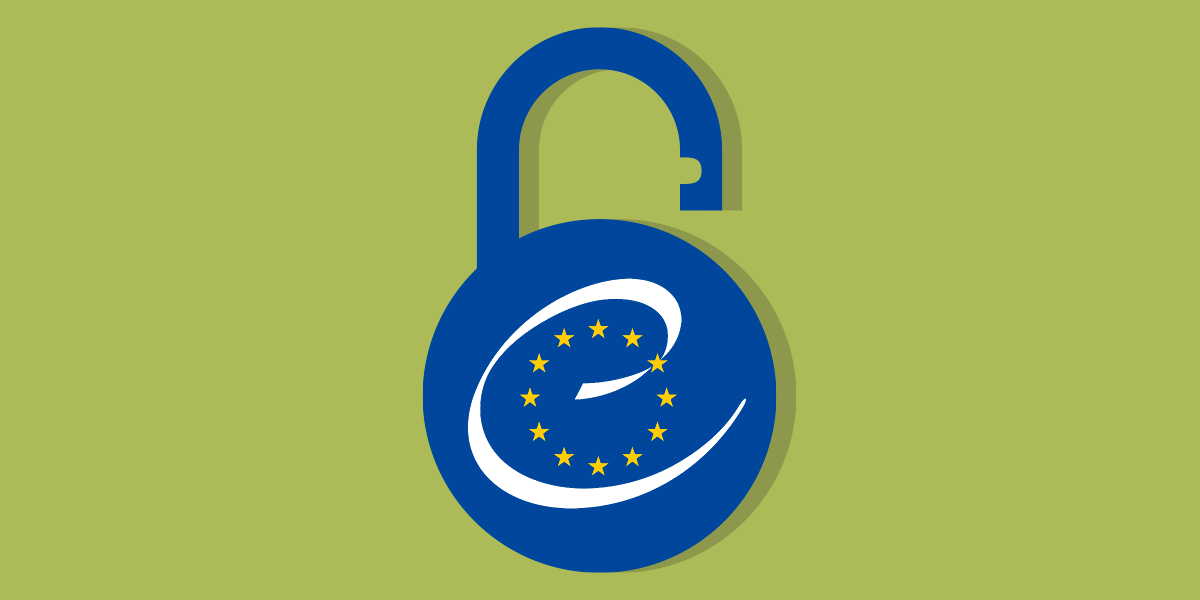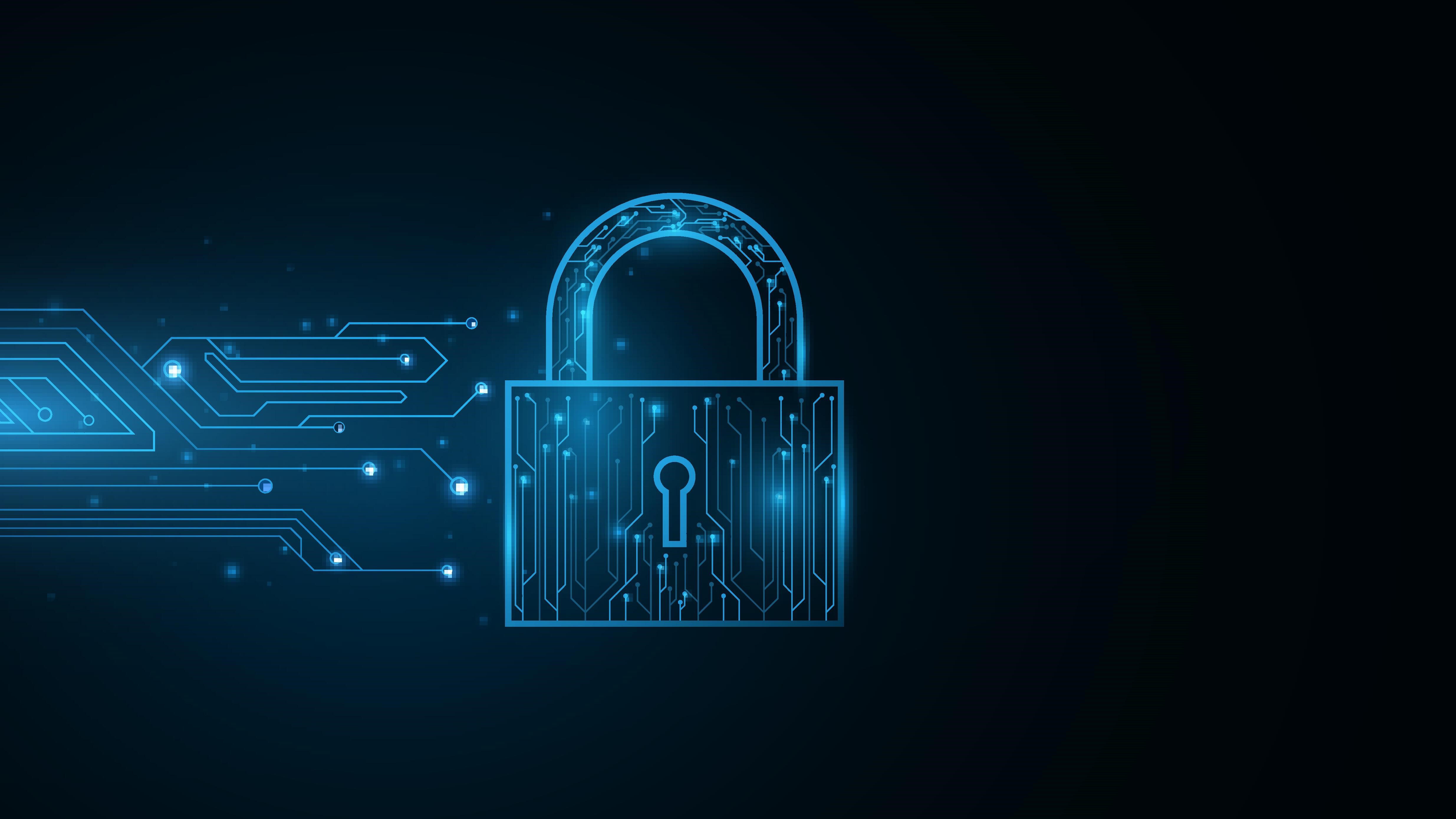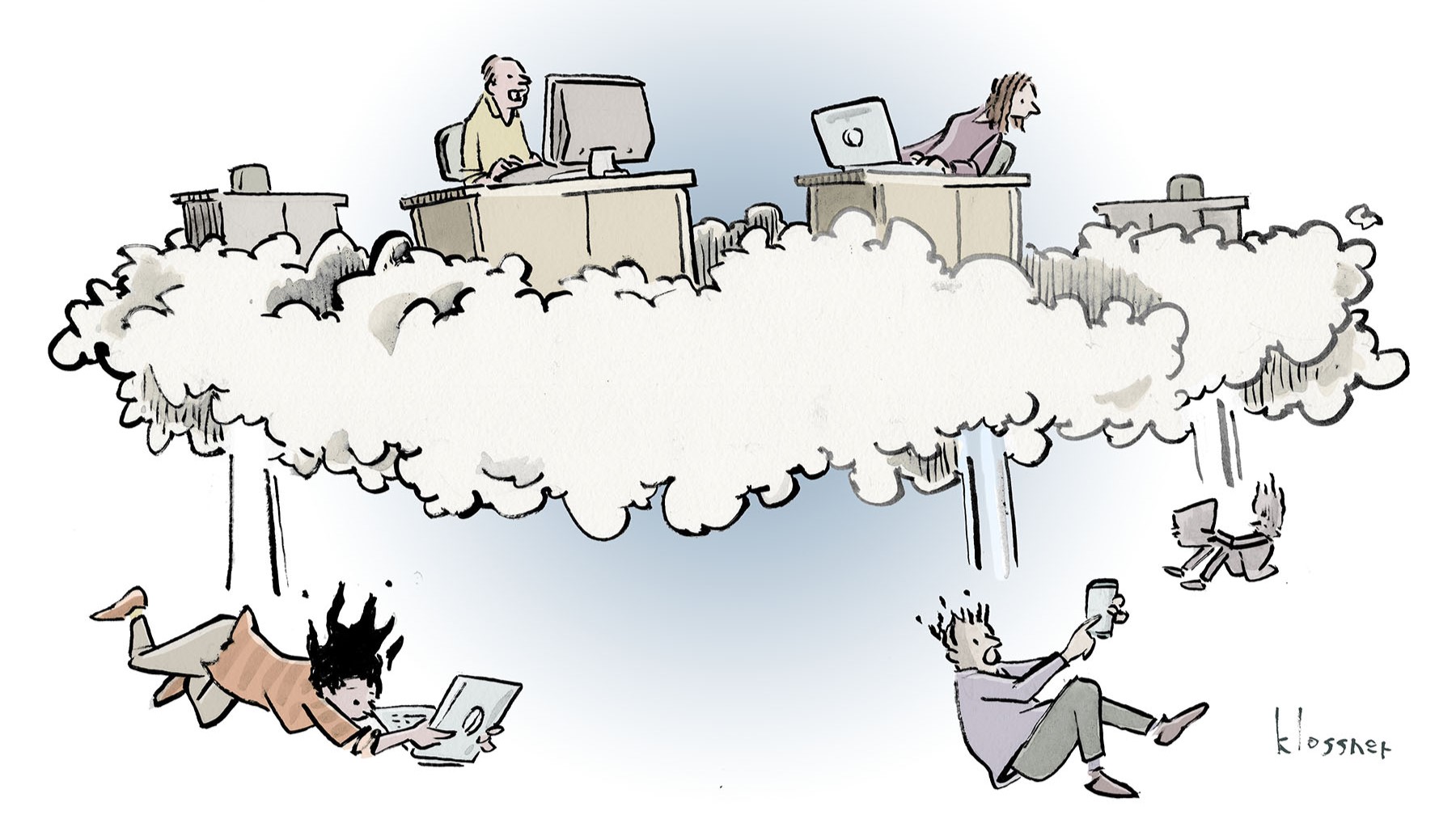Victory! Supreme Court Rules Platforms Have First Amendment Right to Decide What Speech to Carry, Free of State Mandates
The Supreme Court correctly found that social media platforms, like newspapers, bookstores, and art galleries before them, have First Amendment rights to curate and edit the speech of others they deliver to their users, and the government has a very limited role in dictating what social media platforms must and must not publish. Although users remain understandably frustrated with how the large platforms moderate user speech, the best deal for users is when platforms make these decisions instead of the government.
As we explained in our amicus brief, users are far better off when publishers make editorial decisions free from government mandates. Although the court did not reach a final determination about the Texas and Florida laws, it confirmed that their core provisions are inconsistent with the First Amendment when they force social media sites to publish user posts that are, at best, irrelevant, and, at worst, false, abusive, or harassing. The government’s favored speakers would be granted special access to the platforms, and the government’s disfavored speakers silenced.
We filed our first brief advocating this position in 2018 and are pleased to see that the Supreme Court has finally agreed.
Notably, the Court emphasizes another point EFF has consistently made: that the First Amendment right to edit and curate user content does not immunize social media platforms and tech companies more broadly from other forms of regulation not related to editorial policy. As the Court wrote: “Many possible interests relating to social media can meet that test; nothing said here puts regulation of NetChoice’s members off-limits as to a whole array of subjects.” The Court specifically calls out competition law as one avenue to address problems related to market dominance and lack of user choice. Although not mentioned in the Court’s opinion, consumer privacy laws are another available regulatory tool.
We will continue to urge platforms large and small to adopt the Santa Clara Principles as a human rights framework for content moderation. Further, we will continue to advocate for strong consumer data privacy laws to regulate social media companies’ invasive practices, as well as more robust competition laws that could end the major platforms’ dominance.
EFF has been urging courts to adopt this position for almost 6 years. We filed our first amicus brief in November 2018: https://www.eff.org/document/prager-university-v-google-eff-amicus-brief
EFF’s must-carry laws issue page: https://www.eff.org/cases/netchoice-must-carry-litigation
Press release for our SCOTUS amicus brief: https://www.eff.org/press/releases/landmark-battle-over-free-speech-eff-urges-supreme-court-strike-down-texas-and
Direct link to our brief: https://www.eff.org/document/eff-brief-moodyvnetchoice



 Source: X.com(@Tzarimas)[/caption]
While the bank's services appear to have been restored, it is unknown if the downtime was the result of an attack or routine maintenance. Several customers expressed frustration over not being alerted of the downtime via email or text and concerns over pending transactions.
[caption id="attachment_79752" align="alignnone" width="1174"]
Source: X.com(@Tzarimas)[/caption]
While the bank's services appear to have been restored, it is unknown if the downtime was the result of an attack or routine maintenance. Several customers expressed frustration over not being alerted of the downtime via email or text and concerns over pending transactions.
[caption id="attachment_79752" align="alignnone" width="1174"] Source: X.com(@NAB)[/caption]
Source: X.com(@NAB)[/caption]


 Source: X[/caption]
“Access the Telangana Police services online! Visit **http://tspolice.gov.in** to report complaints, grievances, or concerns,” the police wrote in the post.
The post added that citizens could now directly download FIRs from the website. FIR, or the First Information Report (FIR), is a written
Source: X[/caption]
“Access the Telangana Police services online! Visit **http://tspolice.gov.in** to report complaints, grievances, or concerns,” the police wrote in the post.
The post added that citizens could now directly download FIRs from the website. FIR, or the First Information Report (FIR), is a written  Source: X[/caption]
“It is easy to
Source: X[/caption]
“It is easy to  Despite the police officially declaring that the website services have been restored, many users shared that the services remained inaccessible. Most of the complaints were a 404 error message.
[caption id="attachment_79722" align="aligncenter" width="702"]
Despite the police officially declaring that the website services have been restored, many users shared that the services remained inaccessible. Most of the complaints were a 404 error message.
[caption id="attachment_79722" align="aligncenter" width="702"] Source: X[/caption]
But sources told The
Source: X[/caption]
But sources told The 



_Shawn_Lee_Alamy.jpg)




 Source: Juniper Networks[/caption]
Source: Juniper Networks[/caption]



 The cyberattacks, had a profound impact on major clients of CDK Global, including General Motors dealerships, Group 1 Automotive, Asbury Automotive Group, AutoNation, Lithia Motors, Penske, Sonic Automotive and Holman, which operates dealerships across the U.S. These dealerships rely heavily on CDK’s software to manage their daily operations, from sales transactions to inventory management.
CNN
The cyberattacks, had a profound impact on major clients of CDK Global, including General Motors dealerships, Group 1 Automotive, Asbury Automotive Group, AutoNation, Lithia Motors, Penske, Sonic Automotive and Holman, which operates dealerships across the U.S. These dealerships rely heavily on CDK’s software to manage their daily operations, from sales transactions to inventory management.
CNN 




